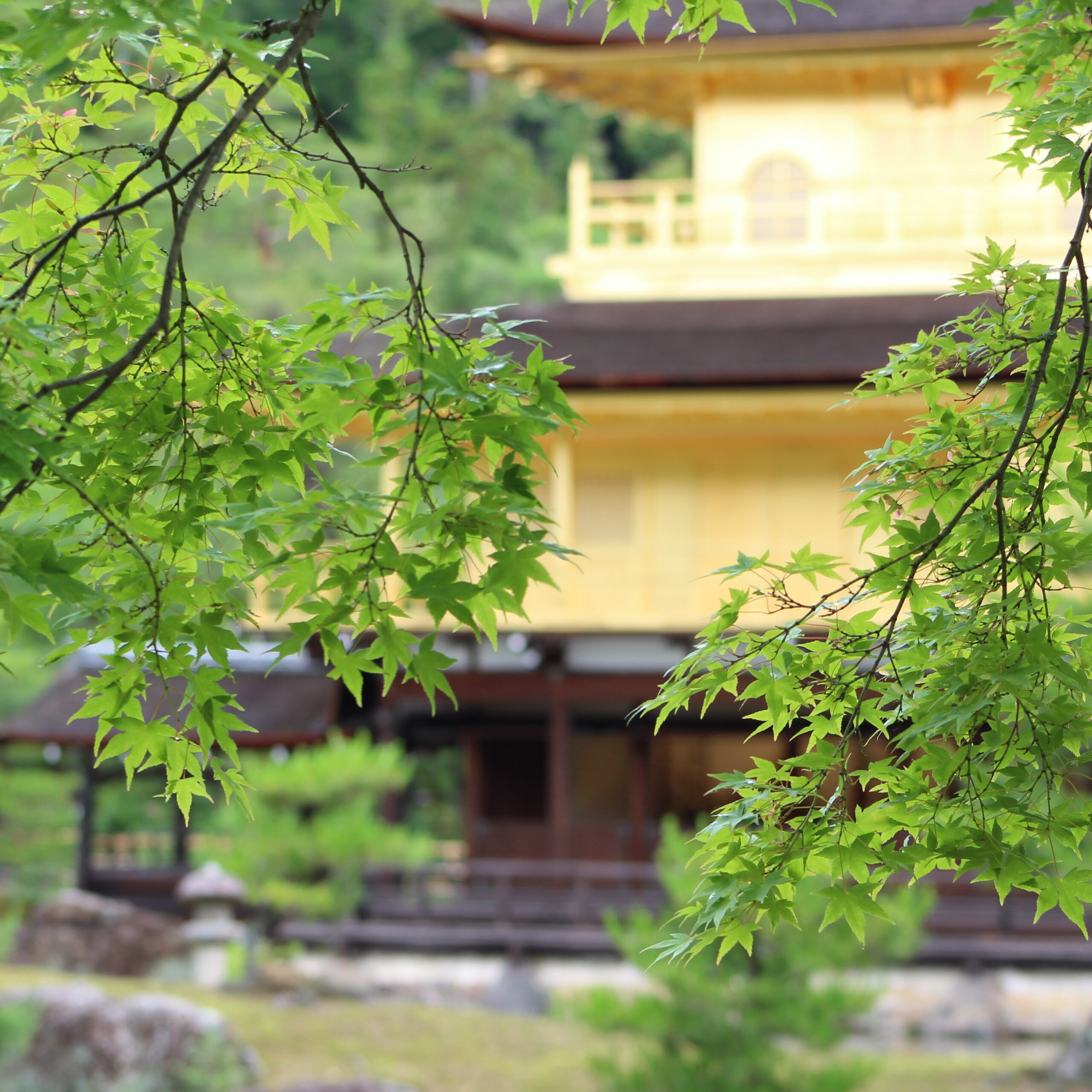Kinkaku-ji - from nothingness to beauty


📍 🇯🇵 Kinkaku-ji 金閣寺
Nestled near a quaint pond in Kyoto (Japan) lies a sight to behold. Originally constructed in 1397, the Golden (kin 金) ) Temple Pavilion is a landmark edifice for the political, artistic and architectural history of Japan.
Commissioned by the third Shogun of Ashikaga (足利) Shogunate (1336-1573), the Pavilion served as a retirement abode called Kitayama-domo (palace). Designed with three storeys, Kinkaku-ji showcases three forms of Japanese architecture, one on each level.
Known as the “Chambers of Dharma Waters,” the ground floor pavilion is built in the shinden-zukuri (寝殿造) architectural style. The first floor is a replica of a typical Samurai house or buke-zukuri (武家造). After Ashikaga Yoshimitsu (the Shogun)’s demise, Kinkaku-ji was converted to a Zen-Buddhist shrine in 1422, and was officially renamed Rokuon-ji (鹿苑寺) - the Deer Pavilion. Today, a large statue of Buddha graces these halls, situated on the second floor.
The Golden Temple Pavilion caught fire and burned to ashes. It was later reconstructed in 1950. This event transformed the ethos of the building into the mythological figure of the phoenix, borrowed from Chinese mythology, which is born again from its ashes.
Among other fictional and non-fictional accounts, the popular novel “Kinkaku-ji” by Mishima Yukio, narrates the story of Kinkaku-ji’s enduring history. In war-time Japan, Kinkaku-ji symbolized the beauty of absence, the hope after destruction, and the acceptance of imperfections with incompletion (also termed as “wabi-sabi” 侘寂). This passage encapsulates things well:
“The adumbration of beauty contained in one detail was linked with the subsequent adumbration of beauty, and so it was that the various adumbrations of a beauty which did not exist had become the underlying motif of the Golden Temple. Such adumbrations were signs of nothingness. Nothingness was the very structure of this beauty. Therefore, from the incompleteness of the various details of this beauty there arose automatically an adumbration of nothingness, and this delicate building, wrought of the most slender timber, was trembling in anticipation of nothingness, like a jeweled necklace trembling in the wind.” (Mishima)
____ Sources ____
>> The Temple of the Golden Pavilion (Kinkaku-ji) - Yukio Mishima
>> Tsuruta, Kinya. “Kinkakuji: Reality and Betrayal”, in Japan Review No. 2 (1991)
>> Kyoto: A Contemplative Guide - Gouverneur Mosher
>> What is Japanese Architecture? - Kazuo Nishi and Kazuo Hozumi, 1983
